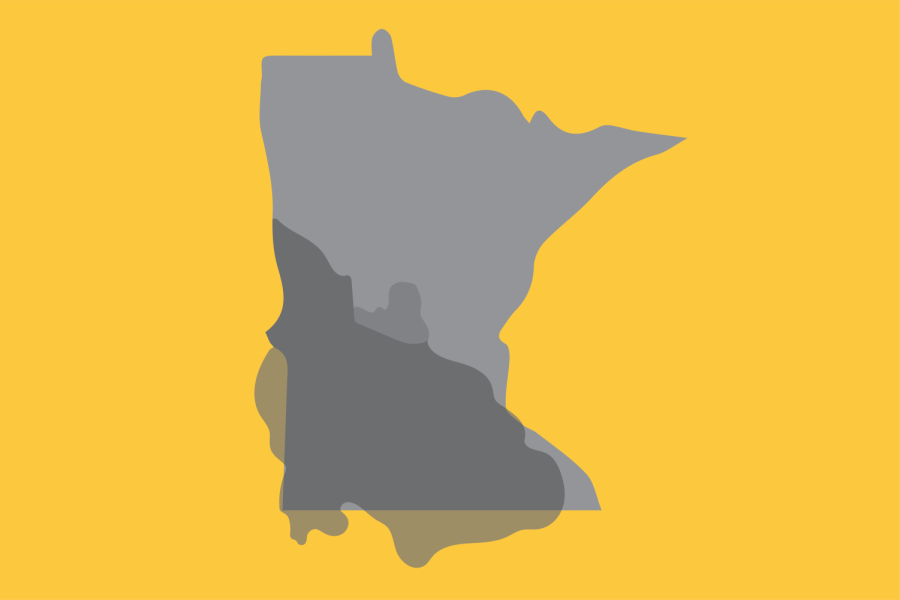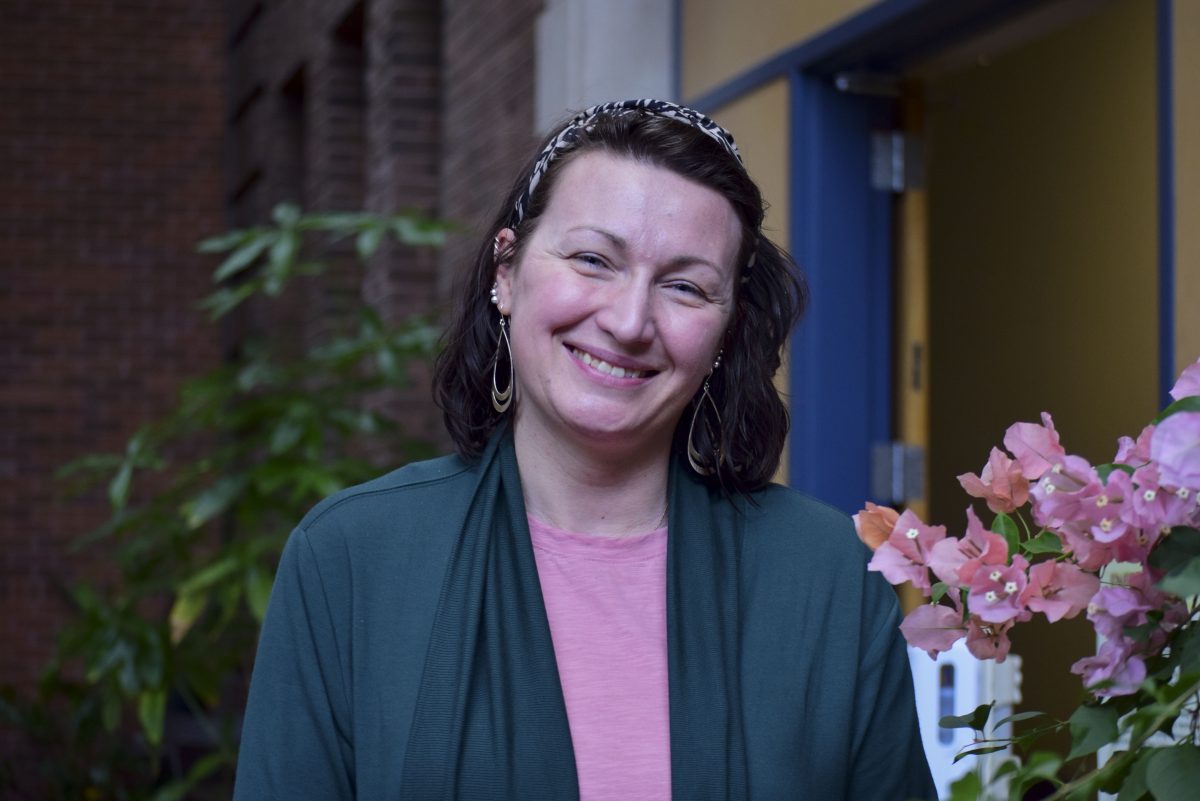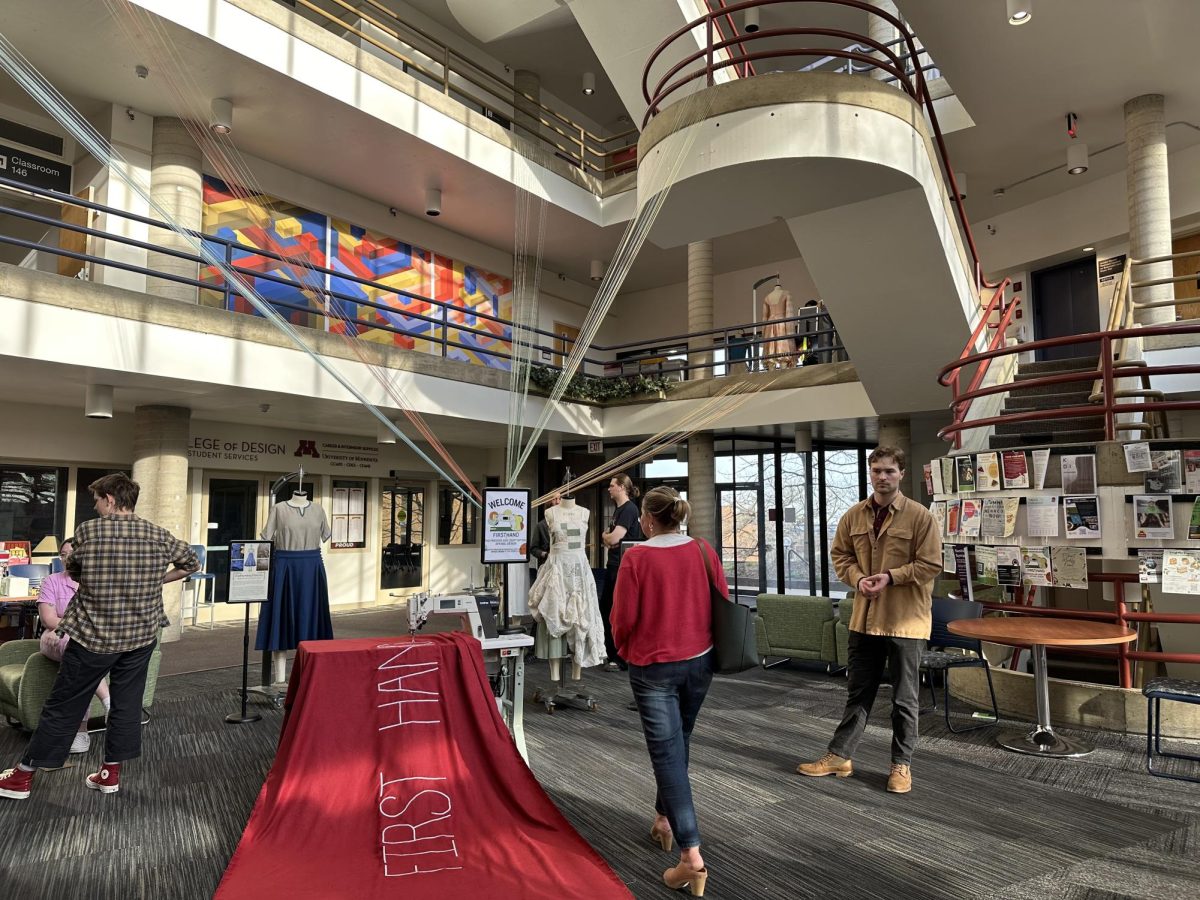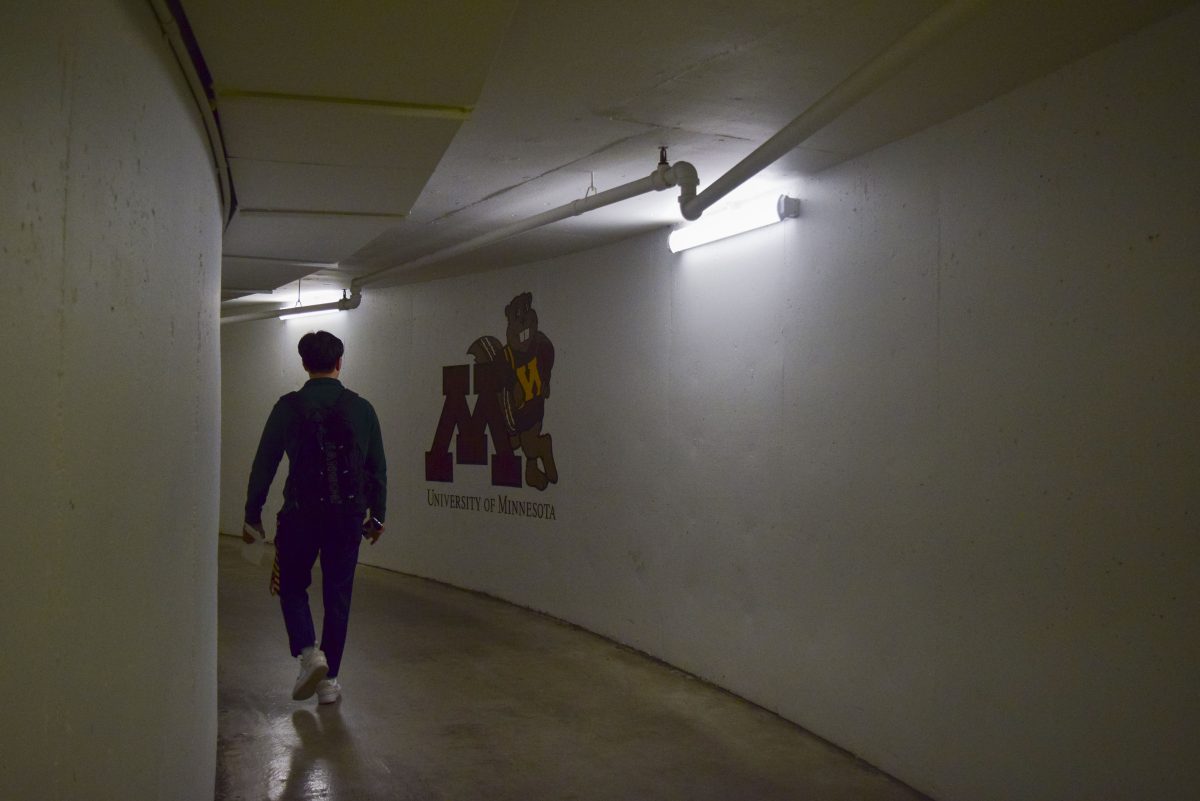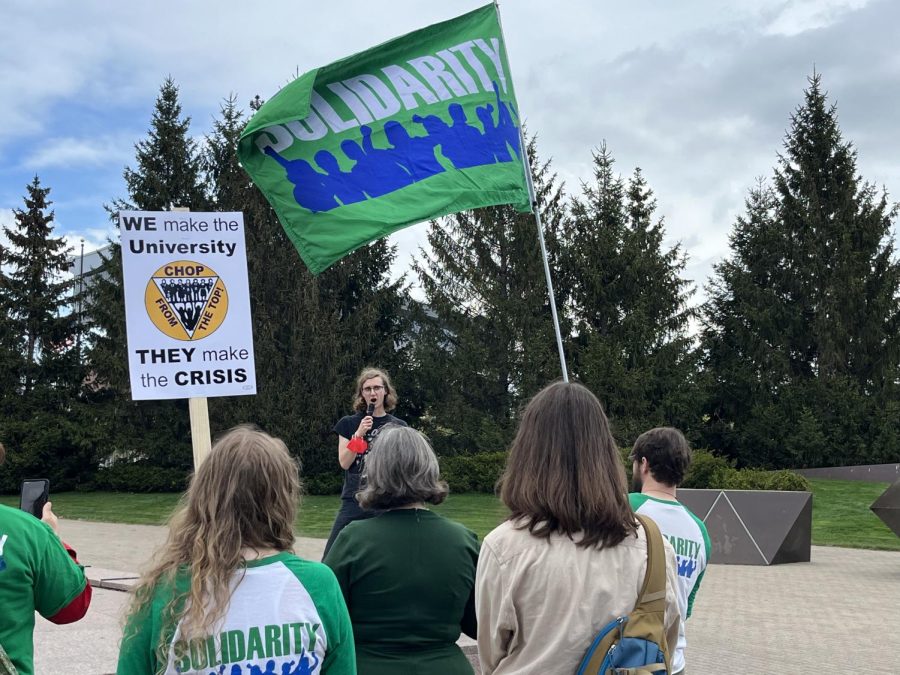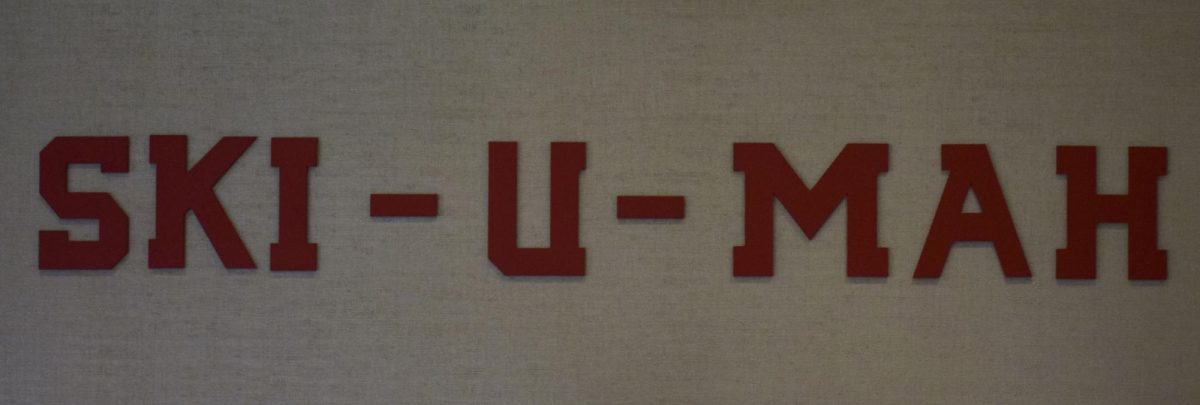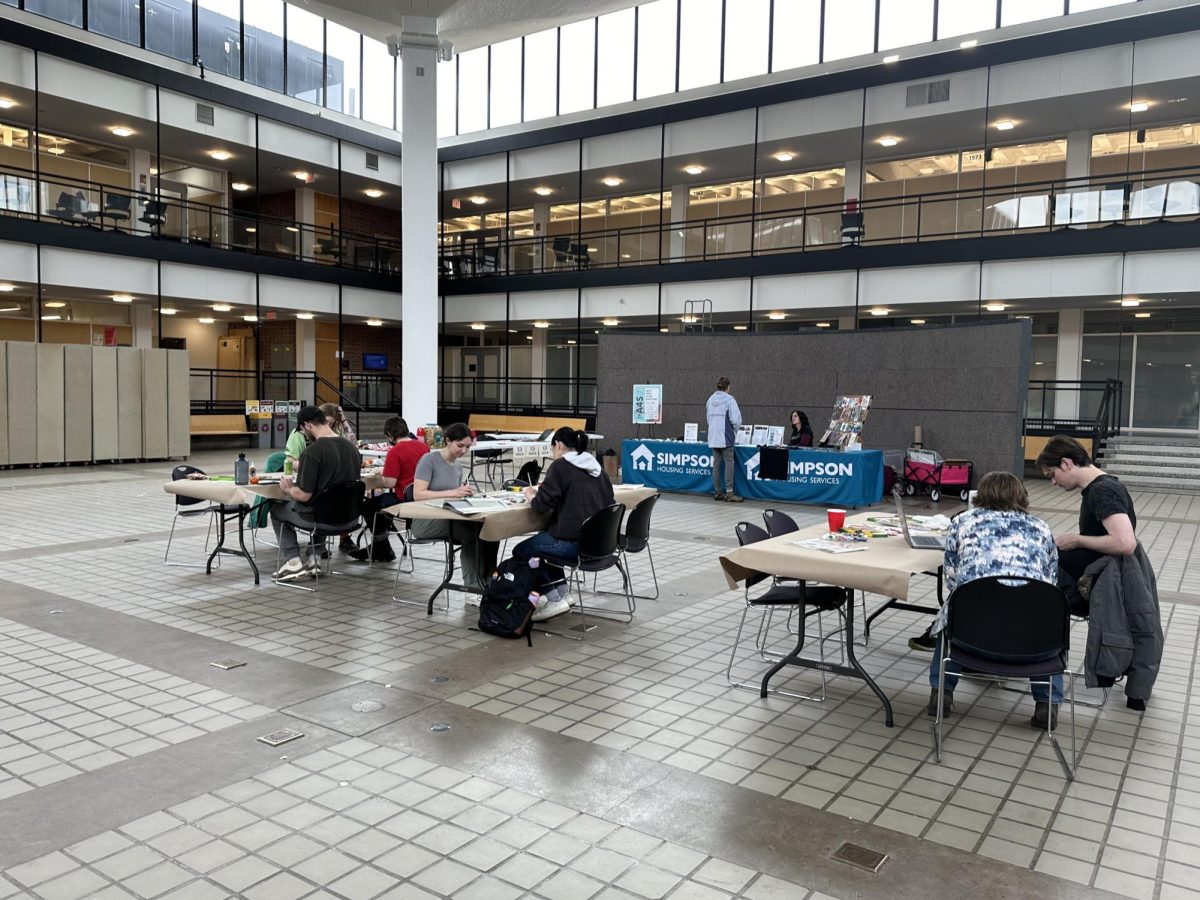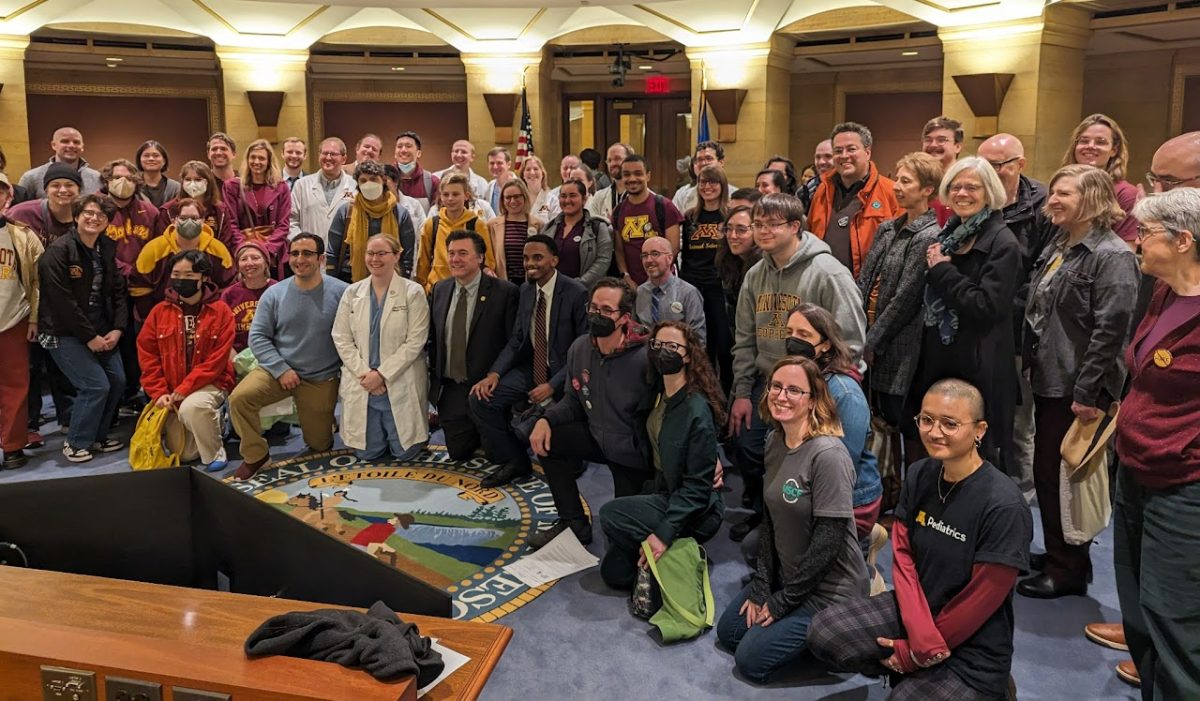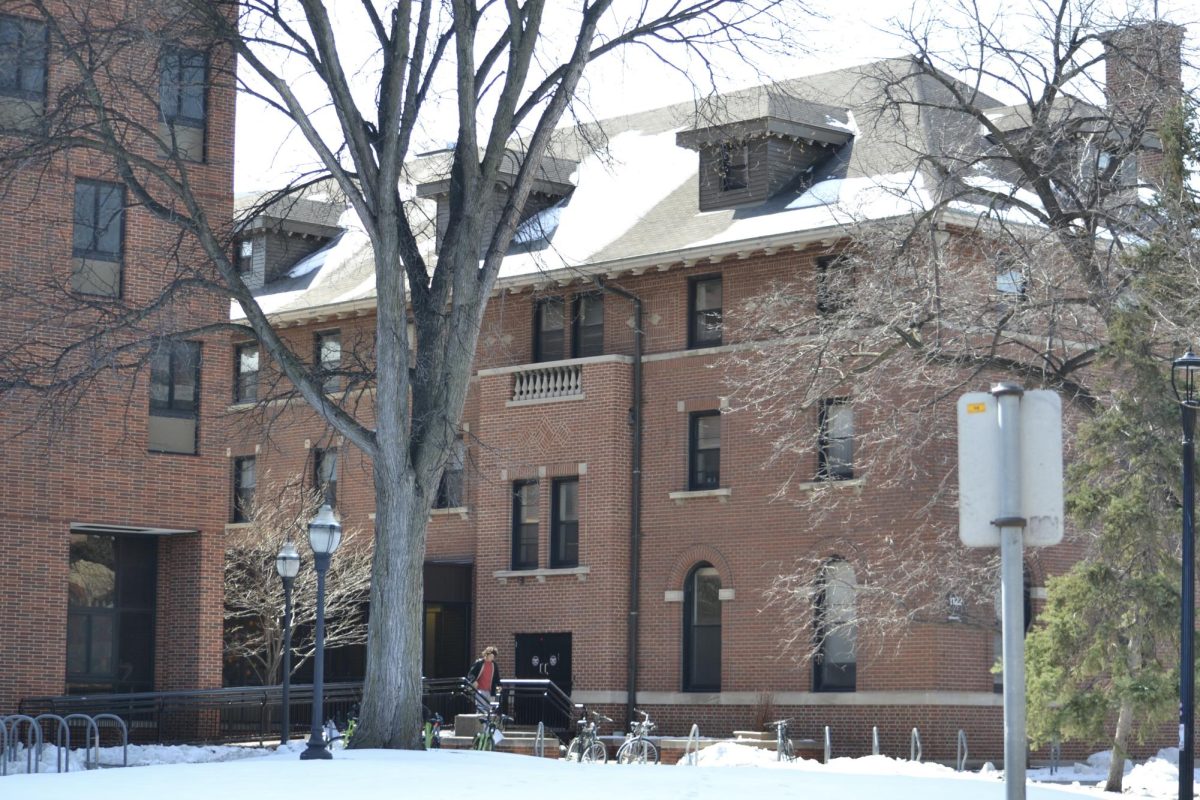The University of Minnesota-Twin Cities campus sits on the traditional lands of the Dakota people, but it is not the only land the University owns and operates that once belonged to Indigenous peoples.
As a land-grant institution, the University was given land through the Morrill Act, which designated federal lands to be used to create universities.
Through the Morrill Act, the University gained 94,631 acres of land in Minnesota. Most of the land was home to the Dakota people and was acquired by the federal government in the Treaty of 1851.
Due to the University being a large institution, present day relationships with Indigenous peoples vary, said Michael Dockry, a University professor in the Department of Forest Resources, associate faculty member of American Indian Studies department and citizen of the Potawatomi Nation.
“There are pockets of amazing relationships and where relationships are very strained,” Dockry said.
University President Joan Gabel was meeting quarterly with tribal leaders in Minnesota, Dockry said.
“What I heard after the first meeting was that no president had ever talked to the tribes before,” Dockry said. “So, that’s a huge step.”
Dockry said he thinks the University is moving in a positive direction in its relationship with Minnesota’s Indigenous groups through initiating projects like the Cloquet Forestry Center land return proposal and the Towards Recognition and University-Tribal Healing (TRUTH) project.
“It’s their land, whether it’s under the University’s title or not,” Dockry said.
Returning Cloquet to the Fond du Lac Band of Lake Superior Chippewa
The Cloquet Forestry Center is a research and education center that has been owned and operated by the University for more than a century. Now, the University wants to return the land to the Fond du Lac Band of Lake Superior Chippewa. The center sits on land of the Fond du Lac band.
Dockry said he thinks this proposal is a “huge step forward” for the University.
“I think the proposal from the president to unconditionally return the Cloquet Forestry Center to Fond du Lac is one of those things that can really set an example here of how we lead and work with our tribal partners in a just manner,” Dockry said.
Gabel introduced the proposal in February at the Board of Regents Finance and Operations Committee meeting.
“It’s the right time to talk about the repatriation of this land, returning it to Fond du Lac, and what that would mean going forward,” Gabel said at the meeting.
Informal discussions with the Fond du Lac Band of returning the land began in fall 2019 at the Nibi miinawaa Manoomin Symposium, Gabel said. Formal discussions with Fond du Lac Band leaders began later at a board retreat to Cloquet in March 2020.
According to Gabel, the proposal was the first step in a complicated process and she could not speculate on a timeline for when the land would be returned.
“There are considerable steps ahead to address a variety of complicated issues, such as ownership of the land, public engagement and consultation, the continuation of research and a variety of other questions that come up for something this complicated,” Gabel said.
The University is continuing to have discussions with the Fond du Lac Band regarding conducting research at Cloquet after returning the land, according to Gabel.
“We very much appreciate Fond du Lac’s openness to potential agreements that would allow University research, education and outreach to continue on the land in some form,” Gabel said.
Dockry said there have been concerns from some people that research at Cloquet will suffer because of the land return, but he disagrees.
“I’m of the mindset that our research and education can actually get better because of this, because we will potentially form better relationships with the tribe,” Dockry said.
It is important the University continues to have conversations with the Fond du Lac Band and other tribal leaders to enact effective change, according to Dockry.
“The land back can help the University come up with concrete and just actions for how the institution itself has dealt with tribes in the past,” Dockry said.
Beyond the land return, there have been other initiatives at Cloquet to collaborate with Indigenous groups, including the project to re-introduce controlled burns to the forest, Dockry said.
The University and the TRUTH project
The TRUTH Project began in 2020 in response to resolutions written that year by the Minnesota Indian Affairs Council, which called for the University to build better relationships with the 11 Tribal Nations in the state.
An Garagiola, a research assistant for the TRUTH project and a descendant of the Bois Fort Chippewa, said the project was a collaboration between the University and Tribal Nations around Minnesota to push against revisionist narratives in the history of the University.
“It wasn’t simply to tell a story — it’s purposeful,” Garagiola said. “It’s to push the institution to create lasting and generational change that will bring about a more equitable institution and landscape.”
The project investigated why the University was able to make so much profit off the land they received from the Morrill Act, Garagiola said. Some of the research and findings include ways in which past Boards of Regents have abused their power to propagate the genocide and removal of Indigenous peoples.
“It was really eye-opening and overwhelming at times to see the way the University was able to really take advantage of conflicts of interests the regents had,” Garagiola said. “They really abused that power.”
Garagiola said coming to terms with how everyone at the University benefits from atrocities of the past is the first step to healing.
“If we think about a wound, right, if we keep it covered, then it’s going to continue to fester,” Garagiola said. “It needs to be aired out to heal. And it hurts to do that, but that’s where the healing begins.”
Garagiola said the project lays out the findings and recommendations the University can implement to improve existing relationships with Tribal Nations across the state as well as begin to address its contributions to atrocities committed against these groups.
“We see it as hopefully the first step of many,” Garagiola said.
More information on the TRUTH project can be found on its website.










